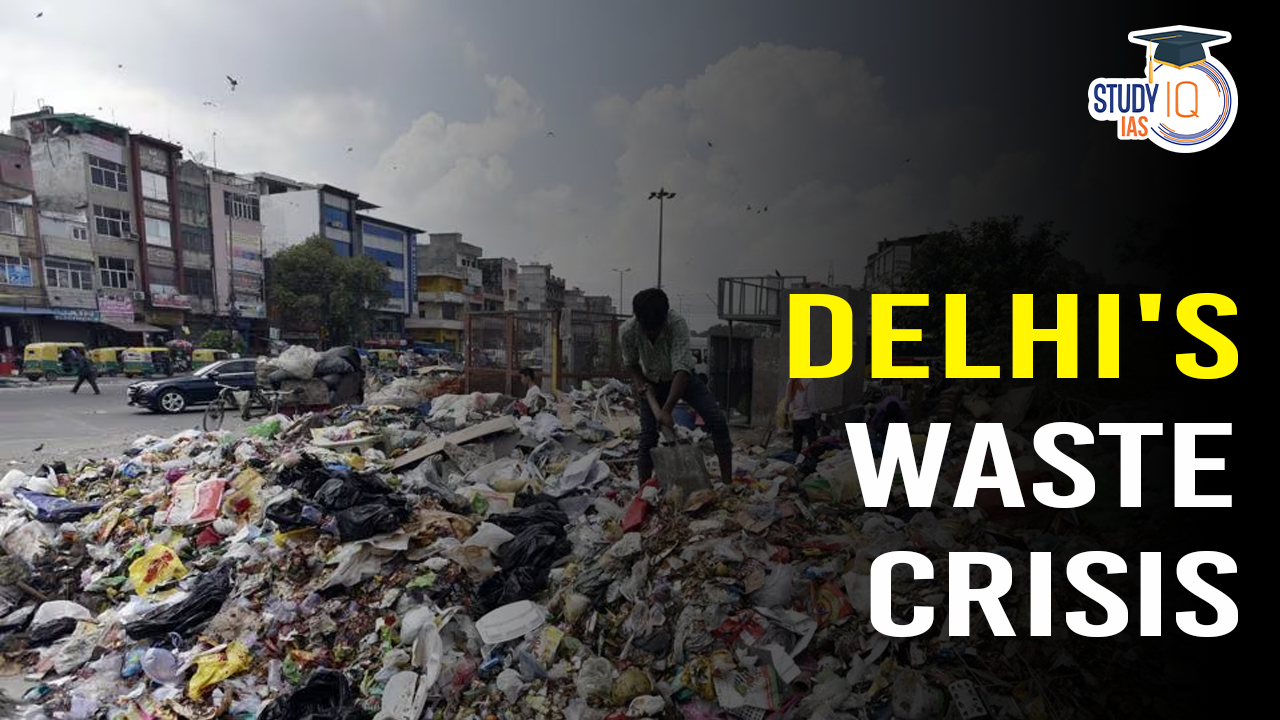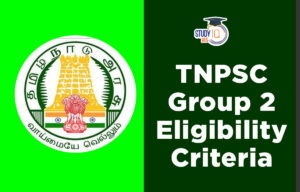Table of Contents
Context
- Recently, the Supreme Court criticised the solid waste management (SWM) in New Delhi.
- Delhi has over 3,800 tonnes of untreated solid waste, which reaches landfills and poses threats to public health and the environment.
Current Status of Delhi’s Solid Waste Management System
Population and Waste Generation
- According to the 2011 Census, New Delhi’s population was about 1.7 crore.
- In 2024, the population is expected to be around 2.32 crore.
- Average per capita waste generation is about 0.6 kg/day, resulting in approximately 13,000 tonnes per day (TPD) of waste, or about 42 lakh tonnes per annum.
- By 2031, the population is projected to rise to 2.85 crore, increasing waste generation to 17,000 TPD.
Waste Collection
- About 90% of the waste is collected by the Municipal Corporation of Delhi (MCD), Delhi Cantonment Board, and New Delhi Municipal Corporation.
- Waste composition: 50-55% biodegradable wet waste, 35% non-biodegradable wet waste, and 10% inert components.
- Estimated daily waste: 7,000 TPD wet waste, 4,800 TPD dry waste, and 2,000 TPD inert waste.
Processing Capacity of SWM in Delhi
- Delhi generates approximately 13,000 tonnes of waste per day (TPD), projected to increase to 17,000 TPD by 2031.
- The city’s waste processing facilities have a design capacity of 9,200 TPD, leaving 3,800 TPD untreated and dumped in landfills.
- Landfills have accumulated 2.58 crore tonnes of legacy waste
- These landfills generate methane gases, leachates, and cause landfill fires.
- Biomining was initiated in 2019 to reduce waste but was delayed by the COVID-19 pandemic, now expected to take another two to three years.
Challenges
- Lack of waste segregation at source; mixed waste enters landfills.
- Need for large land parcels (30-40 acres) for waste processing plants.
- Public awareness and proper waste management practices are lacking, leading to littering and improper disposal.
- Irregular waste collection services and illegal dumping increase pressure on MCD.
- Lack of coordination among municipal corporations results in inefficient waste management.
Proposed Solution
Scaling Up Processing Capacity
- MCD should design a plan to manage waste for about three crore people with a total capacity of 18,000 TPD.
- Biodegradable wet waste should be composted or used for biogas generation.
- The design capacity for wet waste processing should be 9,000 tonnes.
- Delhi will need at least 18 composting or biogas plants to handle the wet waste.
Non-Biodegradable Dry Waste
- 2% recyclable dry waste can be sent to recycling facilities.
- 33% of non-recyclable dry waste, known as refuse-derived fuel (RDF), can be used for power generation in waste-to-energy projects.
- Waste-to-energy projects aim to scientifically manage waste and mitigate environmental impacts.
Decentralised Waste Processing
- Partnering with Neighbouring States:
- Delhi needs to partner with Haryana and Uttar Pradesh to set up composting plants.
- The organic compost market exists in these neighbouring states.
- Micro-Composting Centres (MCC) and Dry Waste Collection Centres (DWCC):
- Delhi has 272 wards.
- Examples from Tamil Nadu, Kerala, and Bengaluru:
- MCCs of 5 TPD capacity at the ward level can manage about 20% of the city’s wet waste.
- DWCCs of 2 TPD capacity each can manage about 10% of dry waste.
- Integrated Approach:
- Delhi’s SWM should integrate decentralised options for wet and dry waste with large processing facilities.
- Ensure existing facilities operate at full capacity and new ones are built.
- Urban local bodies should learn from best practices in India and abroad for efficient SWM processing.


 Aircraft Accident Investigation Bureau (...
Aircraft Accident Investigation Bureau (...
 TNPSC Group 2 Eligibility Criteria, Age ...
TNPSC Group 2 Eligibility Criteria, Age ...
 Rohith Vemula Act: Karnataka’s Groundb...
Rohith Vemula Act: Karnataka’s Groundb...





















